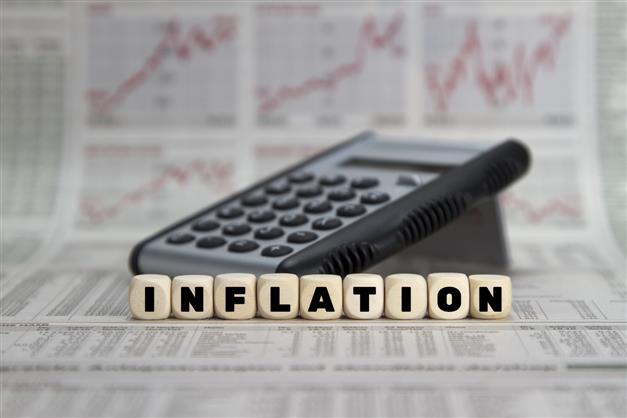High rates and inflation to slow world growth: OECD forecast
Washington, November 22
Hobbled by high interest rates, punishing inflation and Russia’s war against Ukraine, the world economy is expected to eke out only modest growth this year and to expand even more tepidly in 2023.
That was the sobering forecast issued on Tuesday by the Paris-based Organisation for Economic Cooperation and Development.
In the OECD’s estimation, the world economy will grow just 3.1 per cent this year, down sharply from a robust 5.9 per cent in 2021.
Next year, the OECD predicts, will be even worse: The international economy will expand only 2.2 per cent in 2023, it estimates.
The OECD, made up of 38 member countries, works to promote international trade and prosperity and issues periodic reports and analyses.
In its latest forecast, the organization predicts that the Federal Reserve’s aggressive drive to tame inflation with higher interest rates — it’s raised its benchmark rate six times this year, in substantial increments — will grind the US economy to a near-halt. It expects the United States, the world’s largest economy, to grow just 1.8 per cent this year (down drastically from 5.9 per cent in 2021), 0.5 per cent in 2023 and 1 per cent in 2024.
That grim outlook is widely shared. Most economists expect the United States to enter at least a mild recession next year, though the OECD did not specifically predict one.
The report foresees US inflation, though decelerating, to remain well above the Fed’s 2 per cent annual target next year and into 2024.
The OECD’s forecast for the 19 European countries that share the euro currency, which are enduring crippling energy shortages from Russia’s war, is hardly brighter. The organisation expects the eurozone to collectively manage just 0.5 per cent growth next year before accelerating slightly to 1.4 per cent in 2024.
And it expects inflation to continue squeezing the continent: The OECD predicts that consumer prices, which rose just 2.6 per cent in 2021, will jump 8.3 per cent for all of 2022 and 6.8 per cent in 2023.
Whatever growth the international economy produces next year, the OECD says, will come largely from the emerging market countries of Asia: Together, it estimates, they will account for three-quarters of world growth next year while the US and European economies falter. India’s economy, for instance, is expected to grow 6.6 per cent this year and 5.7 per cent next year.
China’s economy, which not long ago boasted double-digit annual growth, will expand just 3.3 per cent this year and 4.6 per cent in 2023.
The world’s second-biggest economy has been hobbled by weakness in its real estate markets, high debts and draconian zero-COVID policies that have disrupted commerce.
Fuelled by vast government spending and record-low borrowing rates, the world economy soared out of the pandemic recession of early 2020. The recovery was so strong that it overwhelmed factories, ports and freight yards, causing shortages and higher prices. Moscow’s invasion of Ukraine in February disrupted trade in energy and food and further accelerated prices.
After decades of low prices and ultra-low interest rates, the consequences of chronically high inflation and interest rates are unpredictable.
“Financial strategies put in place during the long period of hyper-low interest rates may be exposed by rapidly rising rates and exert stress in unexpected ways,” the OECD said in Tuesday’s report.
The higher rates being engineered by the Fed and other central banks will make it difficult for heavily indebted governments, businesses and consumers to pay their bills.
In particular, a stronger US dollar, arising in part from higher US rates, will imperil foreign companies that borrowed in the US currency and may lack the means to repay their now-costlier debt. AP
#Inflation
#Russia
#Ukraine
For all the latest business News Click Here

